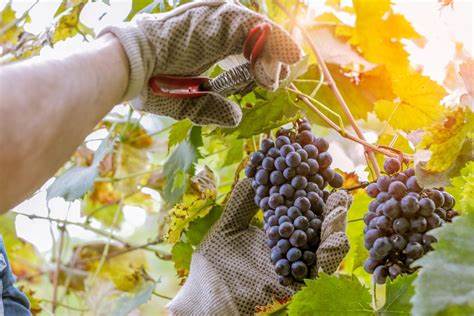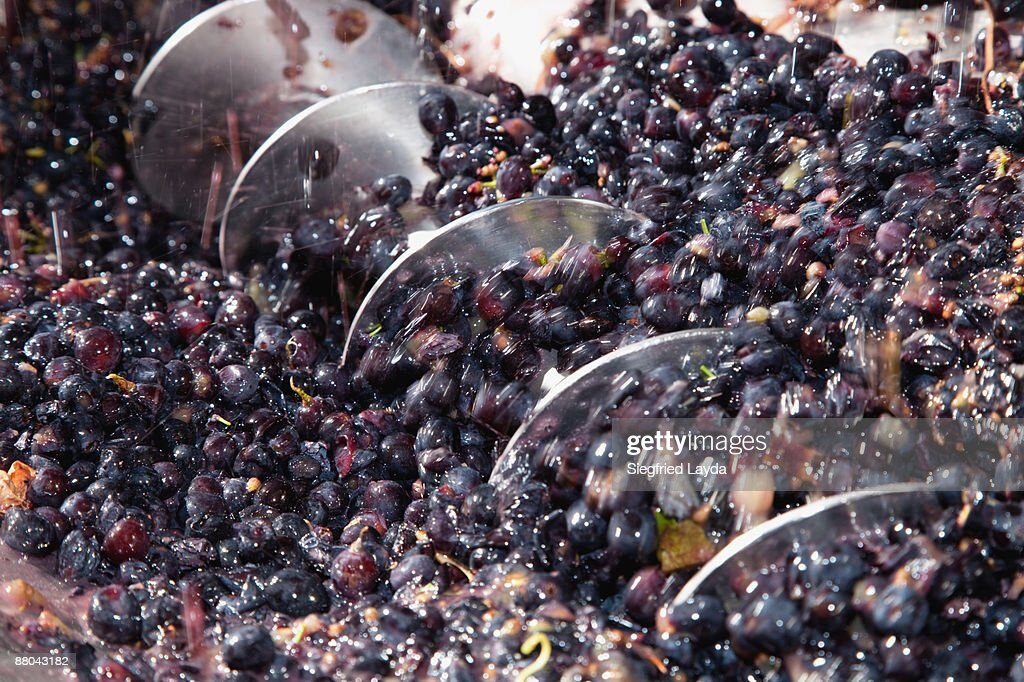
Celebrating Women In the Winemaking Business
Wine is enjoyed all over the world and drunk at many occasions. In 2020, 260 million hectolitres of wine were produced globally, which equates to 3.3 litres drunk per person per year. This is based on citizens aged 15 years or over, across a 7.9 billion world population. (Source www.bkwine.com/features/more/wine-consumption-per-person-2020/).
As part of Women’s Day week, we raise a glass to our female winemakers, who make up just 18% of this huge industry. For more on the wines these women produce, see our feature: https://www.simply-woman.com/celebrating-womens-day-winemakers/.
Courtney Treacher is only the 14th winemaker in Houghton’s nearly 200 year history. She joined the business in 2004 as a Cellar Hand, and was appointed Assistant Winemaker in less than a year. Her methods produce wines similar to the renowned Western Australia style – heavyweight and punchy, with each varietal she uses. Wine: Houghton Heritage White 2022, Australia.
Susana Balbo was Argentina’s first female winemaker in 1981 and is known for eroding unchartered territory. She became the first female Consultant to European Wineries, served three terms as President of Wines Argentina, and was appointed National Congresswoman for the Mendoza province. Supportive of many women’s empowerment movements, she founded her own winery in 1999, utilising modern technology winemaking techniques. Wine: Signature Barrel Fermented Torrontés 2021, Argentina.
Sara Bañuelos’ production brought to this wine all the techniques used in making world famous Riojas. She trialled different materials for fermentation, maturing in three different type of vats – stainless steel, concrete, and wood at 14 degrees Centigrade. She retains a third of the barrelled wine until bottling to enrich the overall flavour. She is also known for aging grapes in new French oak for extra creaminess. Wine: Ramon Bilbao Sauvignon Blanc Rueda 2019, Spain.
Marcelo Araujo established the new Textura winery in 2018 and chose Mariana Salvador to spearhead the project that is making waves across Argentina. Combining her modern approach to winemaking, her undergraduate degree in Food Engineering, masters in Winemaking and Viticulture, and post graduate degree in Oenology, Mariana proved more than capable when she took over cellar duties. Her wines are produced from mature soils 20 to 60 years old, tempered with a cool climate. Wine: Textura da Estrela Tinto 2018, Portugal.
Jo Nash is a mum of four who has been with McPherson Wines for over two decades and their Chief Winemaker since 2012. She discovered Shiraz grapes in a 20-year-old vineyard in the remote Grampian mountains, and bought the vineyard. Her 100% Shiraz is aged for 12 months in the ‘overpriced’ 80% French oak barrels she also purchased, to add texture and moderate tannins. Wine: McPherson’ Don’t Tell Gary Shiraz 2019, Australia.

A winemaking overview – from vineyard to glass
Depending on the grape, region and kind of wine to be produced, winemakers will vary the steps in the harvesting process and technologies used. However, winemaking globally follows these basic steps:
Grapes are picked – vineyards usually pick the white grape varietals before red. The grapes are collected in bins then transported to the crushing pad. Grapes may be cut by machine or by hand shears.
Crushing – grape bunches are sorted and laid on tables where a ‘destemmer’ removes the stems and lightly crushes the grapes. White wine grapes are transferred to a press to extract the juice, leaving the skins. Before fermentation, the pressings are ‘racked’ in a tank, meaning the sediment is filtered out. Red wine grapes are transferred to the fermentation stage with their skins.
Fermentation – the crushed grapes are transferred to vats where yeast is added to convert the fruits’ natural sugars into alcohol. Carbon dioxide is released during red wine fermentation, which causes the grape skins to rise to the surface. The skins are ‘punched down’ or pumped over the ‘cap’ several times daily to keep them in contact with the juice. After fermentation, the red grapes are pressed then racked to clarify the wine.
Aging – typically takes place in barrels of oak or steel, to manipulate the flavour or texture of the finished product. Reds will spend several months aging in barrels (18-24 months), compared to whites, which may mature after only a few months.
Bottling – when the winemaker decides a wine has reached maturity, the wine is bottled either by hand or machine (automated), ready for consumption.
Wine Interest: Find the volumes of the top 10 winemaking countries in the world here: Global wine consumption by country 2021 | Statista





You must be logged in to post a comment Login